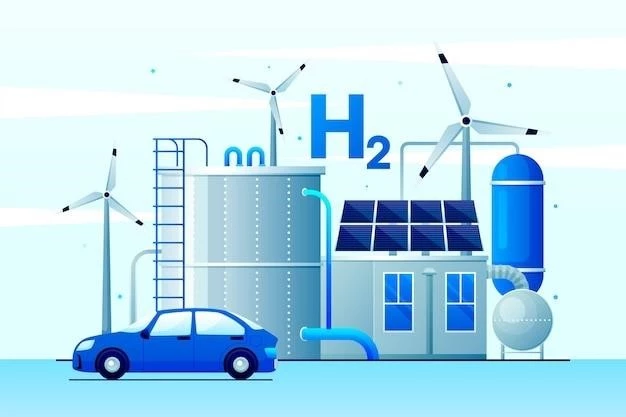As someone deeply concerned about the future of our planet, I’ve always been searching for sustainable solutions to our energy needs. Recently, my attention has been drawn to green hydrogen, a promising alternative to fossil fuels. I’ve been diving deep into research, attending conferences, and even experimenting with small-scale hydrogen production myself. So, let me share my insights on this fascinating and potentially revolutionary fuel source.
What is Green Hydrogen?
First, let’s clarify what we’re talking about. Hydrogen itself isn’t green or clean. It’s the most abundant element in the universe, but it’s usually extracted from fossil fuels, resulting in significant carbon emissions. Green hydrogen, however, is produced through electrolysis, a process that uses renewable energy sources like solar or wind to split water molecules into hydrogen and oxygen. This process is emissions-free, making green hydrogen a truly sustainable fuel.
My Experience with Green Hydrogen
I recently built a small-scale electrolysis system in my garage. It’s a fascinating process to witness. I used a solar panel to power the electrolysis unit, which then produced hydrogen gas. It wasn’t a large quantity, but it was enough to power a small fuel cell I also constructed. Seeing the fuel cell light up, powered by the hydrogen I produced myself, was truly rewarding. It was a tangible demonstration of the potential of this technology.

The Potential of Green Hydrogen
The potential of green hydrogen is vast. It can be used to power vehicles, generate electricity, and even heat homes. It can be stored and transported efficiently, making it a viable solution for long-term energy storage. Imagine a world where our transportation systems, industries, and homes run on clean, sustainable hydrogen. It’s a future I believe is within our reach.

Challenges and Opportunities
Of course, there are challenges. The production of green hydrogen is currently expensive, and scaling it up will require significant investment. However, with advancements in electrolysis technology and the falling cost of renewable energy, the cost of green hydrogen is expected to decrease significantly in the coming years. Moreover, the development of hydrogen infrastructure, including storage and transportation systems, is crucial for its widespread adoption.
My Conclusion
Green hydrogen is not a silver bullet, but it’s a powerful tool in our fight against climate change. It’s a promising alternative to fossil fuels, offering a cleaner, more sustainable future. I believe that with continued research, development, and investment, green hydrogen can play a crucial role in achieving a carbon-neutral future. I’m excited to see how this technology evolves and its impact on our world.










